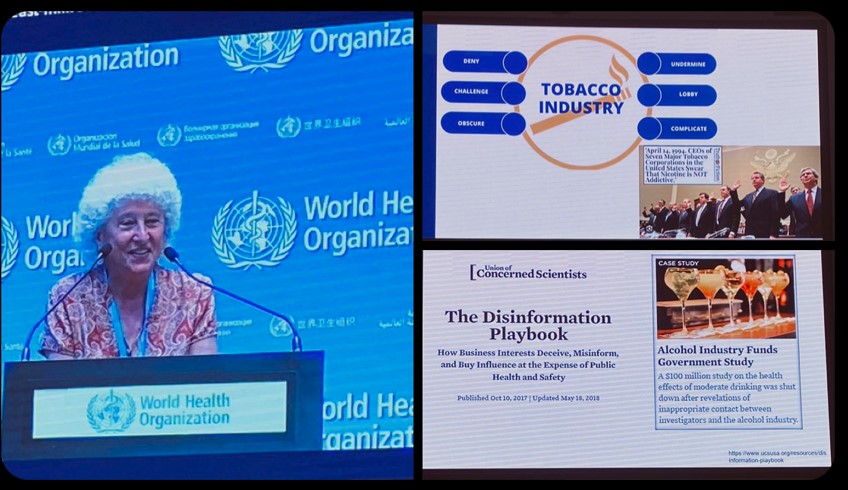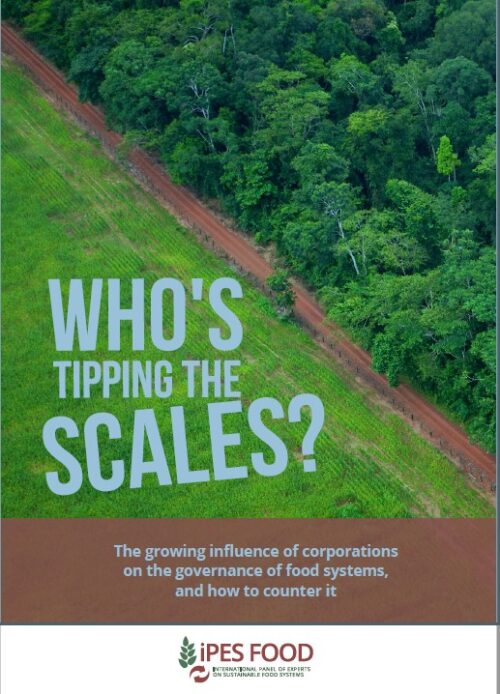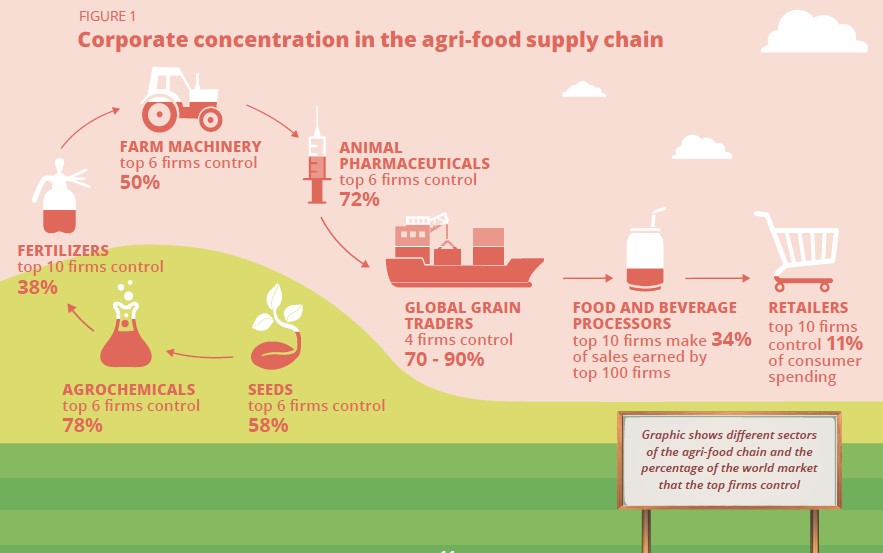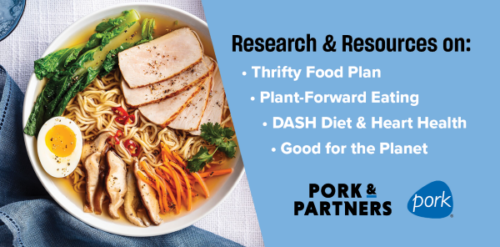Unify the FDA’s food programs—says Congressional Ag Appropriations
Once again I am indebted to Bill Marler for keeping me informed about items related to food safety: Publisher’s Platform: The House Appropriations Committee Directs the FDA to Restructure – will it be Ignored?
He points to this item on page 79 of the House Agriculture Appropriations bill.

I’ve written about problems with the FDA’s oversight of food and food safety previously (see this for example).
Food has always been a stepchild at the FDA, getting much less attention than drugs or medical devices. When I was on the FDA’s Food Advisory Committee in the early 1990s, the FDA seemed to be trying to do better but that committee did not last long. In any case, we were not advising the FDA on what it was proposing to do; we were giving the FDA a notion of the response to decisions it had already made.
What’s needed now is to unite the three units of FDA that deal with food: the Center for Food Safety and Applied Nutrition, the Center for Veterinary Medicine’s food oversight programs, and the office that overseed food regulations.
And bring back the Foods Advisory Committee and listen to its advice.
The FDA commissioned a report on what it should do (see Reagan-Udall Foundation report and my comments on it).
What will happen now? As Bill Marler puts it, “Grab the popcorn.”
Here’s what the FDA says it’s doing (thanks to Jerry Hagstrom’s Hagstrom Report for the links)
- FDA — Proposed Human Foods Program Organization Chart
- Updates to FDA Proposal to Unify Human Foods Program / Create New ORA Model
- Proposed Office of Regulatory Affairs Organization Chart
This does some of what’s needed but the organization charts still look complicated, and the more complicated an organization chart, the least likely it is to work.
Will this work? Bill Marler says it might. Grab the popcorn indeed.







